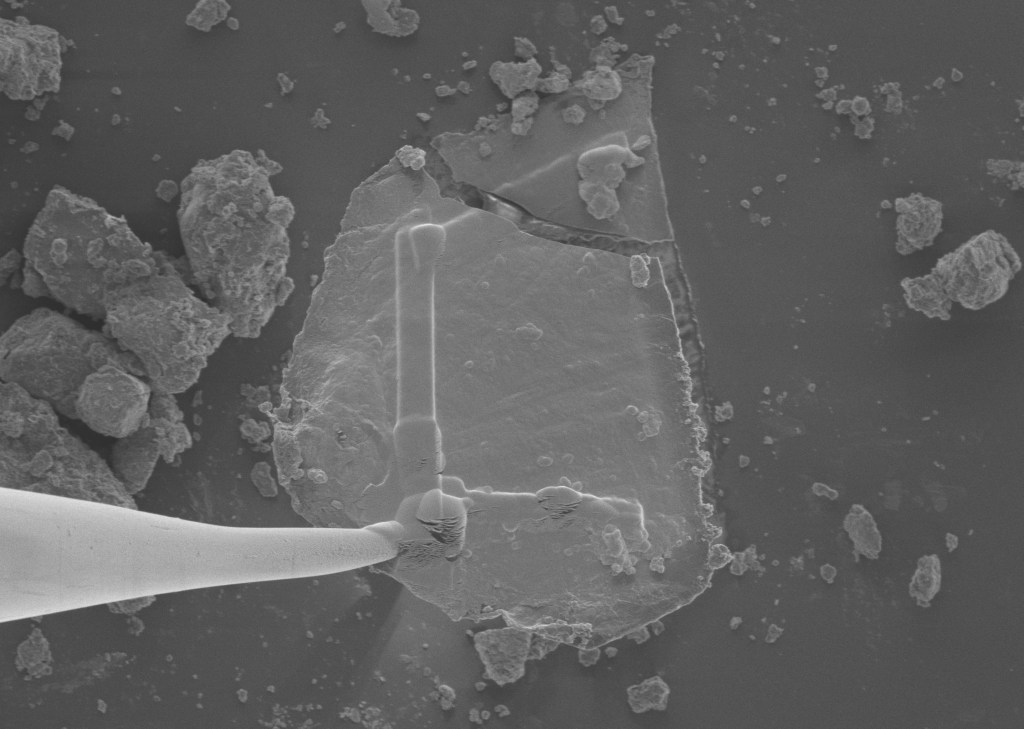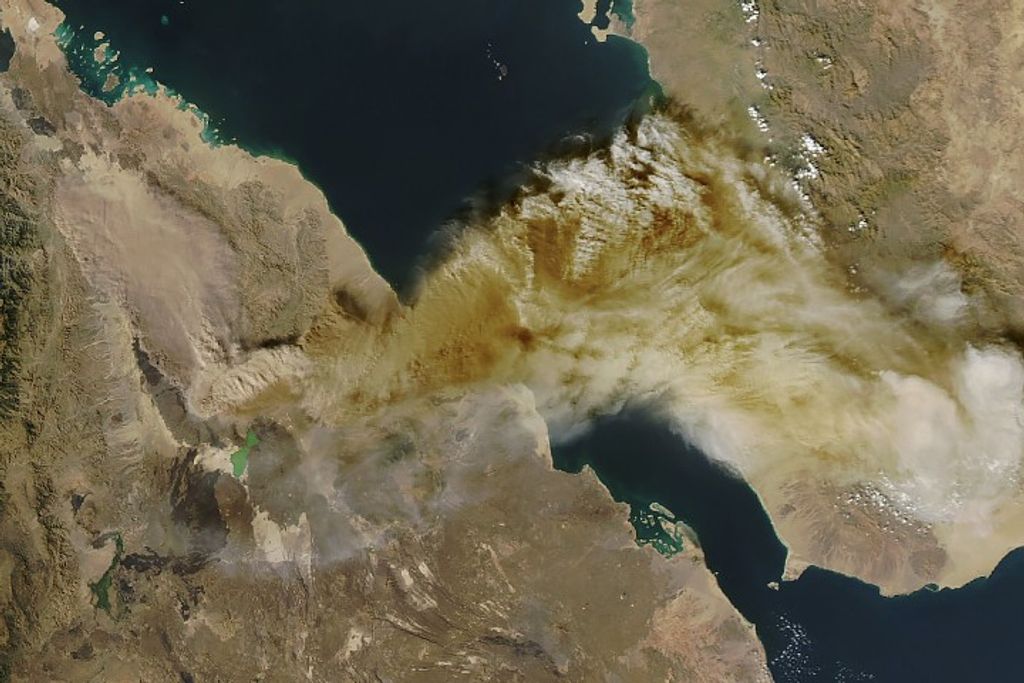High Vortex
| PIA Number | PIA17169 |
|---|---|
| Language |
|
Titan's polar vortex stands illuminated where all else is in shadow. Scientists deduce that the vortex must extend higher into Titan's atmosphere than the surrounding clouds because it is still lit in images like this. Although the south polar region is now in winter, the Sun can still reach high features like the vortex.
Titan (3,200 miles, or 5,150 kilometers across) is Saturn's largest moon. For a color image of the south polar vortex on Titan, see Titan's Colorful South Polar Vortex. For a movie of the vortex, see Titan's South Polar Vortex in Motion.
This view looks toward the Saturn-facing hemisphere of Titan. North on Titan is up and rotated 32 degrees to the right. The image was taken with the Cassini spacecraft wide-angle camera on Feb. 3, 2014 using a spectral filter which preferentially admits wavelengths of near-infrared light centered at 742 nanometers.
The view was obtained at a distance of approximately 134,000 miles (215,000 kilometers) from Titan. Image scale is 8 miles (13 kilometers) per pixel.
The Cassini-Huygens mission is a cooperative project of NASA, the European Space Agency and the Italian Space Agency. The Jet Propulsion Laboratory, a division of the California Institute of Technology in Pasadena, manages the mission for NASA's Science Mission Directorate in Washington. The Cassini orbiter and its two onboard cameras were designed, developed and assembled at JPL. The imaging team is based at the Space Science Institute, Boulder, Colo.
For more information about the Cassini-Huygens mission visit http://saturn.jpl.nasa.gov or http://www.nasa.gov/cassini . The Cassini imaging team homepage is at http://ciclops.org .
Credit: NASA/JPL-Caltech/Space Science Institute




























